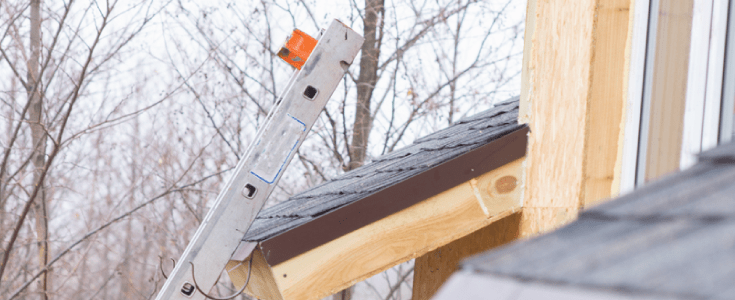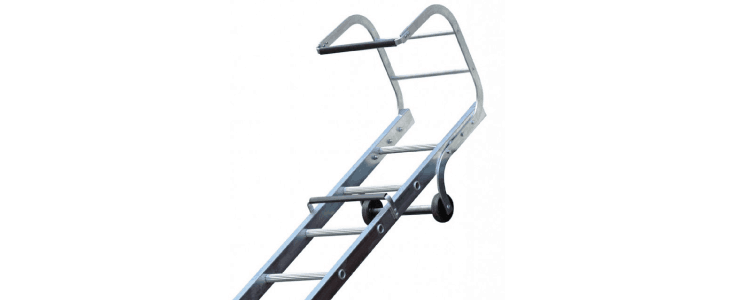How To Stay Safe When Undertaking Roofing Work
27/03/2018
One of the most important rules to bear in mind when looking at doing roofing work is that it is fundamentally not a job for amateurs. Even if it’s something as simple as adjusting a TV aerial, we’d still definitely recommend hiring a professional roofer, or another tradesman experienced in Work At Height regulations. A fall of just a few feet from the roof of a bungalow can have serious implications for your safety, and you should certainly never undertake work on a steep pitched roof without proper training. Trust us – when it comes to safety, we know what we’re talking about!
The tips below are aimed mostly at professional tradespeople. They’re not necessarily comprehensive, but should be a few handy guidelines to help you complete the work efficiently and safely.
How To Protect Yourself From Injury When Working On Roofs

The first fundamental piece of advice we’re about to cover is perhaps one of the most obvious – don’t work on a roof when it’s been raining! It can be dangerous enough as it is, so you should never take the risk of it being extra slippery after wet weather. Pay attention to your PPE, too. Rubber-soled shoes are an absolute must at all times, whether the climate is wet or dry, because without them you can’t be certain of a stable footing on the roof. They need to be comfortable, and fit you well, so that they don’t distract you at a crucial moment.
It’s always an excellent plan to make sure the roof is clean, too. Something as small as a wet leaf or even a tiny pebble can all present a tangible slipping risk, so they need to be cleared out as well as you can manage before you properly set foot on the roof. Also, don’t make the mistake of thinking it’s just the edge of the roof which can present a danger. You can also fall through gaps or holes in the roof itself, so you need to keep a wary eye out for these at all times.
Secure your tools appropriately – preferably with a toolbelt – and ensure that the area below is cordoned off, so that if something does happen to fall, nobody at ground level is in danger of being struck by falling debris.
How To Use A Roof Ladder For Roofing Work

A decent roofing ladder is an absolute must, and you need to ensure that it’s capable of properly performing its role within the given circumstances. Crucially, that means it needs to be the appropriate height, and that you’re able to use it while keeping your hips inside the guardrails at all times. Staying inside the guardrails is absolutely vital to using the ladder safely, because if you don’t you risk overbalancing the ladder and falling. Don’t forget to make sure your ladder’s angled at a safe position (the distance of its feet from the wall should be equal to roughly a quarter of its length), and make sure that it’s secured at the top by fastening it to a stable point on the roof.
If you’re having trouble working out which roofing ladder to choose, in our most recent blog, we outlined the some great general rules to work out what height of roofing ladder you need for the task in hand, as well as including a couple of our own suggestions on the best ladders to consider.
Meanwhile, you can browse our full range of ladders right here on our website, including our extensive selection of roofing ladders. Our Lyte Aluminium single section roof ladder is particularly useful for trade applications!